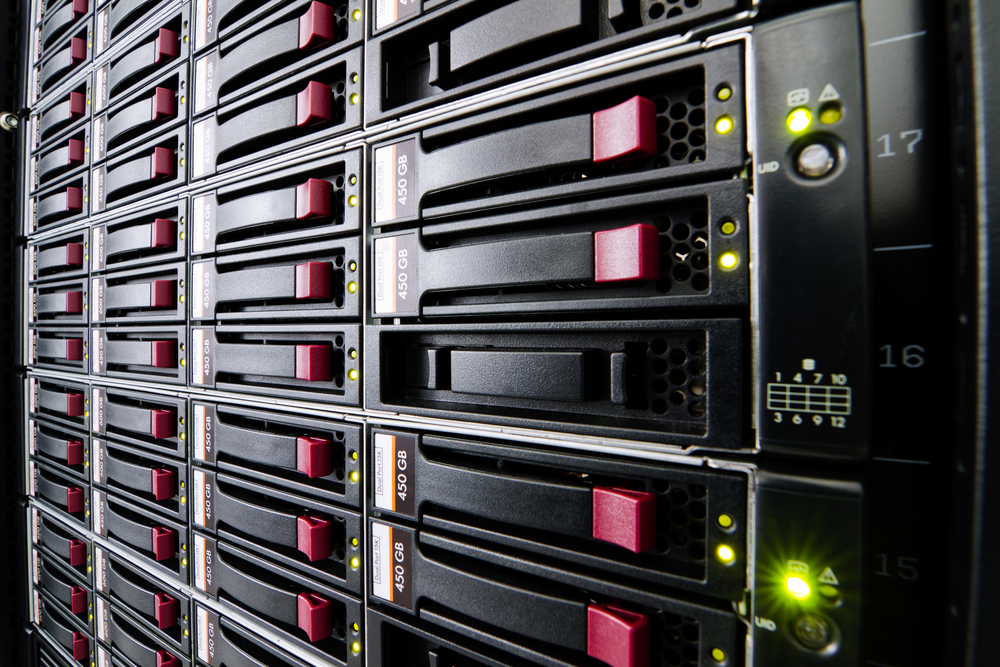
Virtualization is the process of creating a software-based (or virtual) representation of something rather than a physical one. Virtualization can apply to applications, servers, storage, and networks and is the single most effective way to reduce IT expenses while boosting efficiency and agility for all size businesses.
Benefits of Virtualization
Virtualization can increase IT agility, flexibility, and scalability while creating significant cost savings. Workloads get deployed faster, performance and availability increases and operations become automated, resulting in IT that’s simpler to manage and less costly to own and operate. Additional benefits include:
- Reduce capital and operating costs.
- Minimize or eliminate downtime.
- Increase IT productivity, efficiency, agility and responsiveness.
- Provision applications and resources faster.
- Enable business continuity and disaster recovery.
- Simplify data center management.
- Build a true Software-Defined Data Center
Vmware
VMware vSphere Hypervisor is a bare-metal hypervisor that virtualizes servers so you can consolidate your applications on less hardware. We can help you with vmware upgrades & migrations, including all current Esxi versions and Vcenter, automation, advise and more …
Citrix Xenserver
Citrix XenServer is a virtualization management platform optimized for application, desktop and server virtualization infrastructures. Consolidation and containment of workloads on XenServer enables organizations of any vertical or size to transform their business IT compute infrastructures. Migrations from xenserver to any other hypervisor is one of the many options we can offer to you.
Hyper-V
Microsoft Hyper-V is a server virtualization product developed by Microsoft Corporation, which provides virtualization services through hypervisor-based emulations. Microsoft Hyper-V is capable of helping many companies build a private cloud, virtualize workloads, and scale public cloud services. Hyper-V is an integral part of Windows Server, but it is also installable separately as a standalone Hyper-V Server. Hyper-V is built on a microkernalized design, so the device drivers run and operate independently in Controlling Layer. These components are built into the Controlling Layer:
- Storage migration
- NTFS and SMB file systems
- Live/quick Migration
- Hyper-V Replica
It’s important that you consider all the basic benefits of virtualization before exploring and comparing the vendors out there.
Both Hyper-V and vSphere have acquired a broad following, and many organization have come to depend on these solutions.
Year over year Microsoft is named as a leader in the Gartner x86 Server Virtualization Infrastructure Magic Quadrant and it gets closer and closer to VMware. Especially the integration with System Center and Microsoft Azure as well as the new security features in Windows Server Hyper-V, makes Hyper-V a strong player in the hypervisor space.
According to Gartner: Microsoft has improved its server virtualization products to the point that IT leaders should assess their VMware investments and consider whether Microsoft makes sense. Compare acquisition costs, ease of management and functionality for the two vendors and take advantage of their competitiveness.
We from Cloudacity have a deep expertise around Hyper-V and we were involved in one of Microsoft’s Belgium first pilot “Viridian” rollouts back in 2007…
